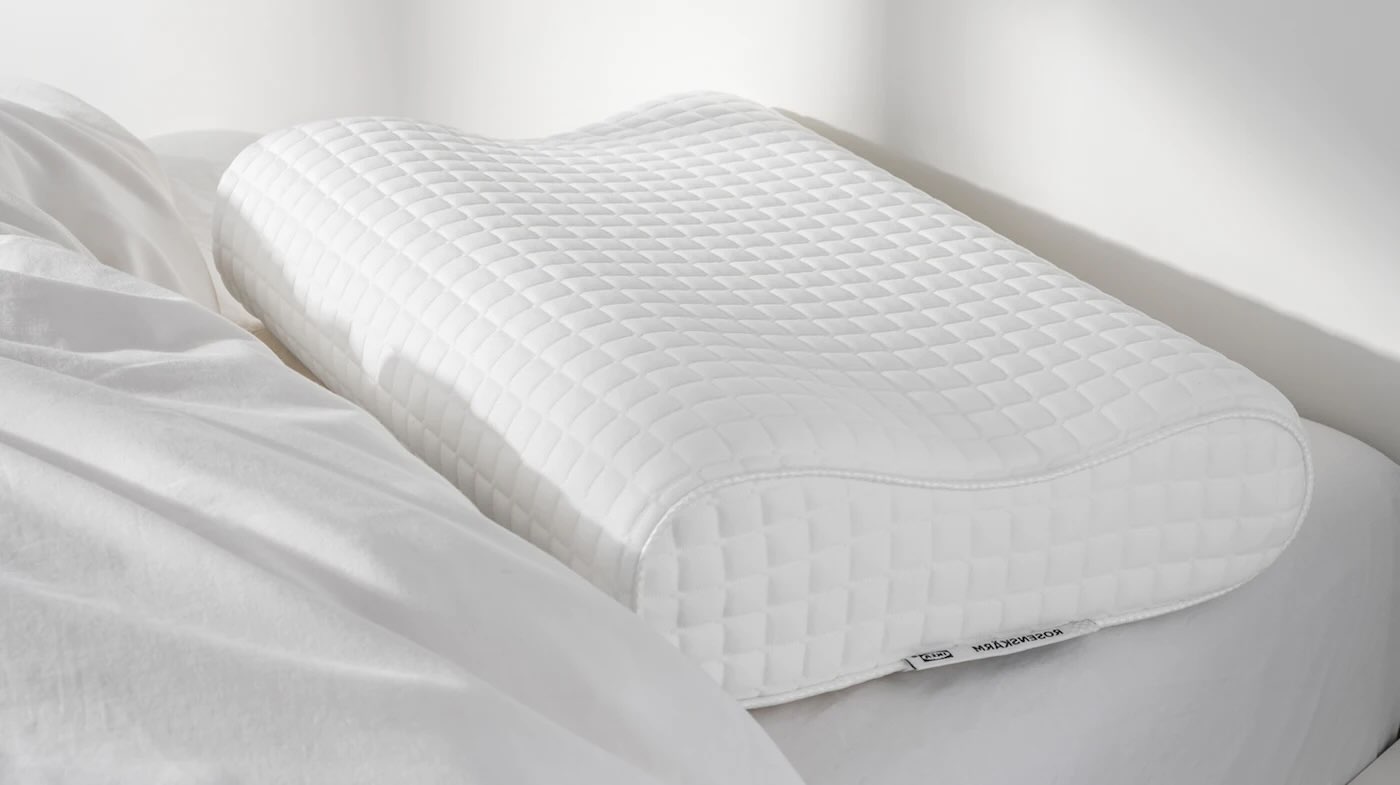

Articles
What Is Memory Foam Pillows
Modified: January 14, 2024
Discover the benefits and features of memory foam pillows in our informative articles. Improve your sleep and find the perfect pillow for your needs.
(Many of the links in this article redirect to a specific reviewed product. Your purchase of these products through affiliate links helps to generate commission for Storables.com, at no extra cost. Learn more)
Introduction
Welcome to the world of memory foam pillows! If you’ve been struggling with neck pain, discomfort, or restless nights, then you might be in need of a game-changer in your sleep routine. Memory foam pillows have become increasingly popular due to their exceptional support and comfort. In this article, we will explore what memory foam is, discuss the benefits of memory foam pillows, explore the different types available, guide you in choosing the right pillow for your needs, and provide tips on how to take care of your memory foam pillow.
Before we dive into the specifics, let’s take a moment to understand what memory foam actually is. Developed in the 1960s by NASA to improve seat cushioning and crash protection for astronauts, memory foam is a unique material that responds to pressure and heat. It is made from viscoelastic polyurethane foam, which enables it to conform to the shape of your body when you lie down.
Memory foam pillows are designed to provide excellent support and alignment for your head, neck, and spine. When you rest your head on a memory foam pillow, it molds to the contours of your neck and head, offering personalized support and relieving pressure points. This can greatly enhance your sleeping experience and promote a more restful night’s sleep.
The benefits of using memory foam pillows go beyond just comfort. Here are a few key advantages:
- Pressure relief: Memory foam pillows help distribute the weight of your head evenly, reducing pressure on your neck, shoulders, and spine.
- Neck and spine alignment: The ability of memory foam to contour to your body shape promotes proper spinal alignment, which can alleviate neck and back pain.
- Reduced snoring: The support provided by memory foam can help open up your airways, reducing the likelihood of snoring and promoting better breathing throughout the night.
- Hypoallergenic properties: Many memory foam pillows are resistant to allergens such as dust mites, making them an excellent choice for individuals with allergies.
- Durability: Memory foam pillows are known for their durability, maintaining their shape and support for an extended period of time.
Now that we have explored the benefits of memory foam pillows, let’s examine the different types available to meet your specific sleep needs.
Key Takeaways:
- Memory foam pillows offer personalized support, pressure relief, and motion isolation, promoting better sleep quality and overall well-being. They cater to various sleep preferences and provide long-lasting comfort and durability.
- Choosing the right memory foam pillow involves considering factors such as sleeping position, loft, firmness, and additional features. Proper care and maintenance can prolong the pillow’s lifespan, ensuring optimal performance and a restful sleep experience.
Read more: What Is A Memory Foam Pillow
What is Memory Foam?
Memory foam is a type of polyurethane foam that has the unique ability to respond to pressure and heat. Developed by NASA in the 1960s, memory foam was originally used to improve seat cushioning and crash protection for astronauts. Since then, it has found its way into various consumer products, including mattresses, pillows, and even footwear.
What sets memory foam apart from traditional foams is its viscoelastic nature. When pressure is applied to memory foam, it slowly molds to the shape of the object, creating a custom fit and distributing weight evenly. Additionally, memory foam has the ability to retain heat, which allows it to soften and contour to your body’s curves when exposed to body heat.
The viscoelastic properties of memory foam give it several advantages when used in pillows. When you lay your head on a memory foam pillow, it responds to the heat and pressure of your body, creating a supportive and comfortable cradle for your head and neck. This can help alleviate pressure points and provide proper alignment for your spine.
Memory foam pillows come in various densities, ranging from low-density to high-density foam. The density of the foam affects its firmness and supportiveness. Low-density foam pillows are softer and more pliable, allowing for greater conformability but may provide less support. High-density foam pillows are firmer and offer more support but may have less give. The right density for you depends on your personal preferences and sleeping position.
Another important aspect of memory foam pillows is their ability to absorb and isolate motion. This means that if you share your bed with a partner who tosses and turns during the night, the motion will be absorbed by the memory foam, reducing its transfer to your side of the bed. This can help provide an undisturbed and peaceful sleep.
It’s worth noting that memory foam pillows can have a slight odor when first unpackaged, commonly known as “off-gassing”. This odor is harmless and typically dissipates within a few days. To expedite the process, you can air out the pillow or use a pillow protector. Additionally, memory foam pillows can be sensitive to temperature. In colder temperatures, the foam may feel firmer, while in warmer temperatures, it may soften and conform more quickly.
Now that we have a better understanding of what memory foam is, let’s delve into the fantastic benefits it offers in the next section.
The Benefits of Memory Foam Pillows
Memory foam pillows offer a wide range of benefits that can significantly improve your sleep quality and overall well-being. Here are some of the key advantages of using a memory foam pillow:
1. Pressure Relief
One of the main advantages of memory foam pillows is their ability to provide excellent pressure relief. The foam adjusts to the shape of your head and neck, evenly distributing the weight and relieving pressure points. This can help alleviate discomfort and reduce the likelihood of waking up with a stiff neck or shoulders.
2. Neck and Spine Alignment
Proper alignment of your neck and spine during sleep is crucial for maintaining good posture and preventing aches and pains. Memory foam pillows are designed to contour to the natural curvature of your spine, promoting proper alignment and reducing strain on your neck and back. This can help alleviate symptoms of neck pain, stiffness, and even headaches.
Read more: What Is The Best Memory Foam Pillow
3. Personalized Support
Memory foam pillows provide personalized support by conforming to the unique shape of your head and neck. The foam molds to your contours, offering customized support and cushioning where it’s needed the most. This tailored support can help reduce muscle tension and improve sleep comfort.
4. Allergy-Friendly
Many memory foam pillows are made with hypoallergenic materials and are resistant to allergens such as dust mites, mold, and bacteria. This makes memory foam pillows an excellent choice for individuals with allergies or sensitivities. They offer a clean and allergen-free sleep environment, promoting better respiratory health.
5. Motion Isolation
If you share a bed with a restless partner, memory foam pillows can help minimize motion disturbance. The foam absorbs and isolates motion, preventing it from transferring to your side of the bed. This can lead to a more undisturbed and peaceful sleep, allowing you and your partner to enjoy a good night’s rest.
6. Durability
Memory foam pillows are known for their durability and longevity. They are designed to retain their shape and supportiveness over time, providing consistent comfort. Unlike traditional pillows that tend to flatten and lose their shape, memory foam pillows maintain their resilience and can last for several years with proper care.
With these fantastic benefits in mind, let’s now explore the different types of memory foam pillows available to find the perfect fit for your needs and preferences.
Read more: How To Use A Memory Foam Pillow
Different Types of Memory Foam Pillows
When it comes to memory foam pillows, there are several different types available, each designed to cater to various sleep preferences and needs. Let’s explore some of the most common types:
1. Contour Memory Foam Pillows
Contour memory foam pillows have a unique shape that is specially designed to provide optimal support for your head, neck, and shoulders. They typically have a higher side and a lower side, allowing you to choose the most comfortable and supportive position based on your needs. These pillows are ideal for individuals who prefer a more structured and targeted support system.
2. Shredded Memory Foam Pillows
Shredded memory foam pillows are filled with small pieces of shredded memory foam, creating a fluffy and moldable pillow. These pillows offer excellent adjustability as you can manipulate the filling to achieve the desired loft and firmness level. They are especially beneficial for individuals who like to customize their pillow’s shape and thickness.
3. Traditional Memory Foam Pillows
Traditional memory foam pillows have a solid piece of memory foam and often have a contoured shape to provide better support. These pillows mold to your head and neck, offering consistent support and pressure relief. They are suitable for those who prefer a more uniform and firm sleeping surface.
Read more: How To Wash A Memory Foam Pillow
4. Cooling Memory Foam Pillows
Cooling memory foam pillows are designed to combat the heat retention often associated with memory foam. They incorporate technologies such as cooling gel-infused foam or breathable fabric covers to regulate temperature and provide a cooler sleeping experience. These pillows are ideal for individuals who tend to sleep hot or live in warmer climates.
5. Travel Memory Foam Pillows
Travel memory foam pillows are smaller-sized pillows that provide exceptional comfort and support during your journeys. They are typically designed to be compact and portable, allowing you to carry them with ease. These pillows are perfect for flights, long road trips, or any situation where you need some extra comfort and support on the go.
It’s important to consider your sleeping preferences, body shape, and any specific needs you may have when choosing the type of memory foam pillow that best suits you. Now that we’ve explored the different types available, let’s move on to the next section to learn how to choose the right memory foam pillow for you.
Choosing the Right Memory Foam Pillow for You
Choosing the right memory foam pillow is essential in ensuring a comfortable and supportive sleep experience. Here are some factors to consider when selecting the perfect memory foam pillow for your needs:
1. Sleeping Position
Your sleeping position plays a crucial role in determining the ideal memory foam pillow for you. Different sleeping positions require varying levels of support and thickness. For example:
- If you sleep on your back, a contour memory foam pillow or a traditional memory foam pillow with medium thickness can provide the necessary support for your neck and spine.
- If you sleep on your side, a higher loft pillow with good contouring abilities is preferred to maintain proper alignment and support for your neck and shoulder.
- If you sleep on your stomach, a lower loft pillow or a soft shredded memory foam pillow can help prevent excessive strain on your neck.
Read more: How To Dry A Memory Foam Pillow
2. Loft and Firmness Level
The loft of a pillow refers to its height or thickness. The right loft level depends on your personal preference, body shape, and sleeping position. Here are some general guidelines:
- A high loft pillow is generally recommended for individuals who sleep on their side to maintain proper spinal alignment.
- A medium loft pillow is suitable for back sleepers as it provides support without excessive elevation.
- A low loft pillow works well for stomach sleepers to prevent straining the neck during sleep.
Additionally, consider the firmness of the pillow. Memory foam pillows come in various firmness levels, such as soft, medium, or firm. Choose a firmness level that provides optimal support and comfort for your preferences and needs.
3. Pillow Size
The size of the pillow depends on your bed size and personal preference. Standard-sized memory foam pillows are suitable for most people, but larger or smaller sizes are available depending on your requirements.
4. Additional Features
Consider any additional features that might enhance your sleep experience. Cooling memory foam pillows are beneficial for hot sleepers, while hypoallergenic pillows are ideal for individuals with allergies. Some pillows come with washable covers for easy maintenance and hygiene.
5. Budget
Set a budget for your memory foam pillow purchase. Prices may vary based on brand, materials used, and additional features. It’s important to find a balance between your desired features and your budget.
When choosing a memory foam pillow, it’s also a good idea to read customer reviews and consider reputable brands known for their quality and comfort. Now that you have a better understanding of how to choose the right memory foam pillow, let’s move on to the next section where we’ll discuss how to properly take care of your memory foam pillow to ensure its longevity and performance.
Read more: How To Build Memory Foam Pillows
How to Take Care of Memory Foam Pillows
Proper care and maintenance of your memory foam pillow can help prolong its lifespan and ensure optimal performance. Here are some essential tips on how to take care of your memory foam pillow:
1. Use a Pillow Protector
To protect your memory foam pillow from stains, dust, and allergens, it is recommended to use a removable and washable pillow protector. The pillow protector acts as a barrier, preventing dirt and oils from penetrating the pillow. Make sure to choose a protector that is compatible with memory foam, as some materials can restrict the pillow’s breathability.
2. Regularly Wash the Pillow Cover
Washing the pillow cover frequently helps maintain cleanliness and eliminates any accumulated sweat, oils, or dirt. Most memory foam pillow covers can be safely machine washed. Check the care instructions provided by the manufacturer, and use a gentle cycle with mild detergent. Avoid using bleach or harsh chemicals that can degrade the foam.
3. Spot Cleaning
If you notice any spills or stains on your memory foam pillow, spot clean them immediately. Use a mild detergent or upholstery cleaner and a damp cloth to gently remove the stain. Avoid saturating the foam with excessive water, as it can take a long time to dry and may lead to mold or mildew growth.
Read more: What Is Memory Foam?
4. Air Out the Pillow
Memory foam pillows can develop slight odors over time due to their enclosed nature. To freshen up the pillow and reduce any odors, remove the pillowcase and place the pillow in a well-ventilated area. Allow it to air out for a few hours, preferably in direct sunlight, which can naturally help eliminate any unwanted smells.
5. Proper Storage
When not in use, store your memory foam pillow in a cool and dry place. Avoid storing it in direct sunlight or areas prone to excessive moisture. Additionally, do not fold or compress the pillow for an extended period of time, as it can damage the foam’s structure and affect its performance.
6. Fluff the Pillow
To maintain the pillow’s shape and provide optimal support, fluff your memory foam pillow regularly. Gently knead and squeeze the pillow, allowing the foam to regain its natural shape and redistribute the filling. This process helps prevent the development of flat spots and ensures consistent firmness and support.
7. Rotate and Flip
To ensure even wear, rotate and flip your memory foam pillow on a regular basis. This helps prevent the foam from compressing in one specific area, prolonging the life of the pillow and maintaining its supportive properties. Check the manufacturer’s instructions, as some memory foam pillows may have a specific recommended rotation pattern.
By following these simple care instructions, you can keep your memory foam pillow clean, fresh, and comfortable for an extended period of time. Now that we have covered the maintenance aspect, let’s address some frequently asked questions about memory foam pillows.
Read more: How To Fluff Up A Memory Foam Pillow
Frequently Asked Questions (FAQs)
1. Are memory foam pillows good for all sleep positions?
Yes, memory foam pillows are suitable for all sleep positions. However, different types of memory foam pillows may provide better support depending on your preferred sleep position. For example, side sleepers may benefit from a higher loft pillow, while back sleepers may find a contour memory foam pillow more suitable.
2. Can memory foam pillows cause allergies?
Memory foam pillows are naturally resistant to allergens such as dust mites, mold, and bacteria. However, if you have specific allergies or sensitivities, it is recommended to choose a memory foam pillow that is labeled as hypoallergenic. Additionally, regular washing of the pillowcase and using a pillow protector can help maintain a clean and allergen-free sleep surface.
3. Do memory foam pillows retain heat?
While memory foam pillows can retain heat to some extent, advances in technology have led to the development of cooling memory foam pillows. These pillows incorporate cooling gel-infused foam or breathable fabric covers to regulate temperature and provide a cooler sleeping experience, making them suitable for individuals who tend to sleep hot.
4. How long do memory foam pillows last?
The lifespan of a memory foam pillow can vary depending on usage and quality. On average, a high-quality memory foam pillow can last between 2 to 3 years or even longer with proper care. Regular fluffing, rotating, and following the care instructions can help maintain the pillow’s shape and extend its durability.
5. Can memory foam pillows be washed?
Most memory foam pillows are not machine washable due to their density and composition. However, you can typically spot clean the pillow cover and use a pillow protector to keep the pillow clean. Refer to the manufacturer’s instructions for specific care guidelines for your memory foam pillow.
6. Do memory foam pillows have an initial odor?
Yes, memory foam pillows may have a slight odor when first unpackaged. This is known as “off-gassing” and is a result of the manufacturing process. The odor is harmless and typically dissipates within a few days, especially if you allow the pillow to air out in a well-ventilated area.
7. Can I use a memory foam pillow if I have neck or back pain?
Memory foam pillows are often recommended for individuals with neck or back pain due to their excellent support and ability to promote proper spinal alignment. However, it’s important to choose the right type of memory foam pillow that suits your specific needs and consider consulting with a healthcare professional for personalized advice.
Remember, these are general answers to common questions about memory foam pillows. If you have any specific concerns or queries, it’s always best to consult with the manufacturer or seek advice from a healthcare professional.
With all these questions answered, let’s wrap up our article.
Conclusion
Memory foam pillows have revolutionized the way we sleep by providing exceptional comfort and support. Whether you suffer from neck pain, need better alignment for your spine, or simply want a more restful night’s sleep, a memory foam pillow can help meet your needs.
In this article, we explored what memory foam is and how it conforms to your body, offering personalized support and pressure relief. We discussed the benefits of memory foam pillows, including their ability to alleviate pain, promote proper alignment, and reduce snoring. Additionally, we examined the different types of memory foam pillows available, such as contour, shredded, and cooling options.
To choose the right memory foam pillow for you, it’s important to consider factors such as sleeping position, loft and firmness level, pillow size, and additional features. Taking proper care of your memory foam pillow, such as using a pillow protector, regularly washing the cover, and properly storing and maintaining the pillow, can help prolong its lifespan and ensure optimal performance.
Finally, we addressed some frequently asked questions about memory foam pillows, providing insights into allergies, heat retention, washing, and longevity. It’s important to remember that while we have addressed common queries, individual experiences may vary, and it’s always a good idea to consult with the manufacturer or healthcare professional for personalized advice.
Investing in a high-quality memory foam pillow can make a significant difference in your sleep quality and overall well-being. So why wait? Experience the unmatched comfort and support of a memory foam pillow and wake up revitalized and ready to take on the day!
Remember, a good night’s sleep begins with the right pillow, and memory foam pillows are here to provide you with the restful sleep you deserve.
Frequently Asked Questions about What Is Memory Foam Pillows
Was this page helpful?
At Storables.com, we guarantee accurate and reliable information. Our content, validated by Expert Board Contributors, is crafted following stringent Editorial Policies. We're committed to providing you with well-researched, expert-backed insights for all your informational needs.
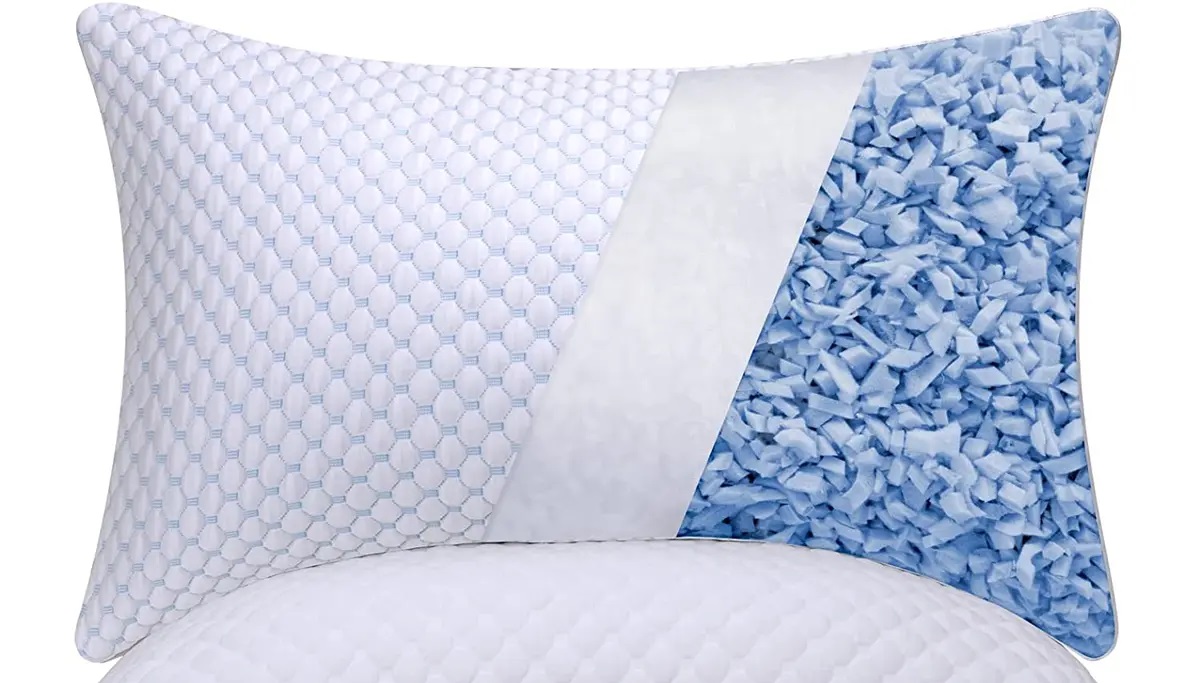
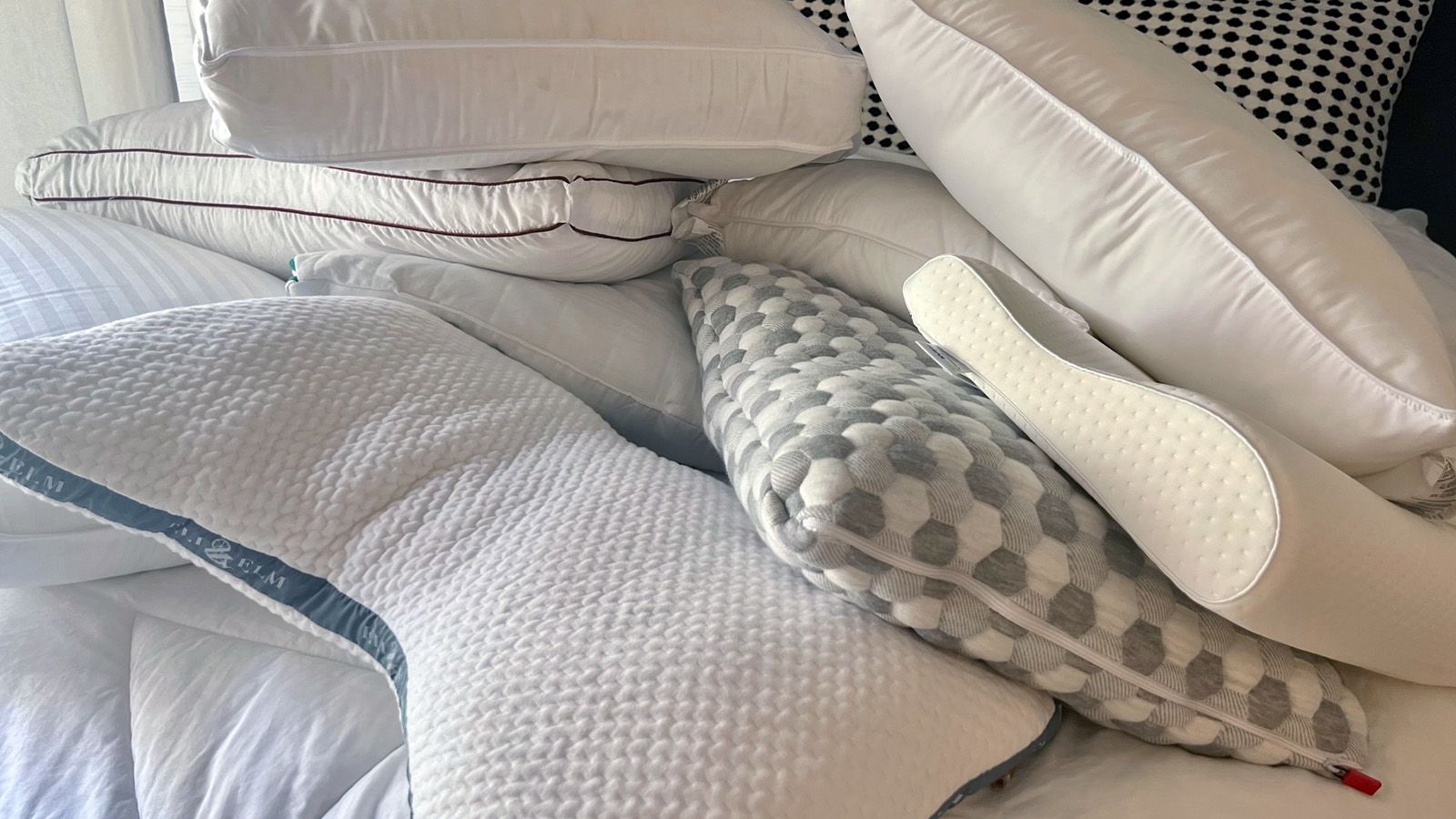
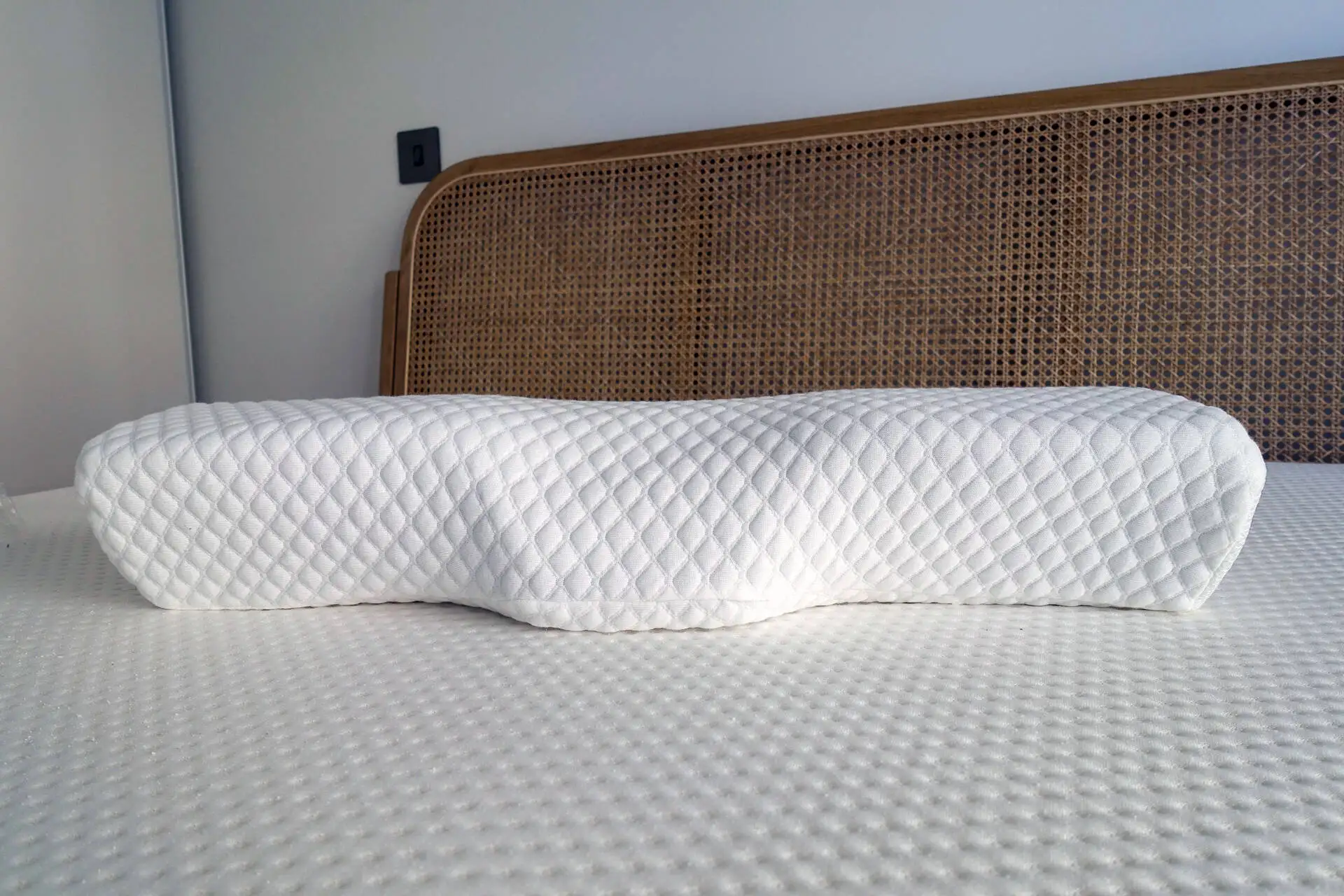
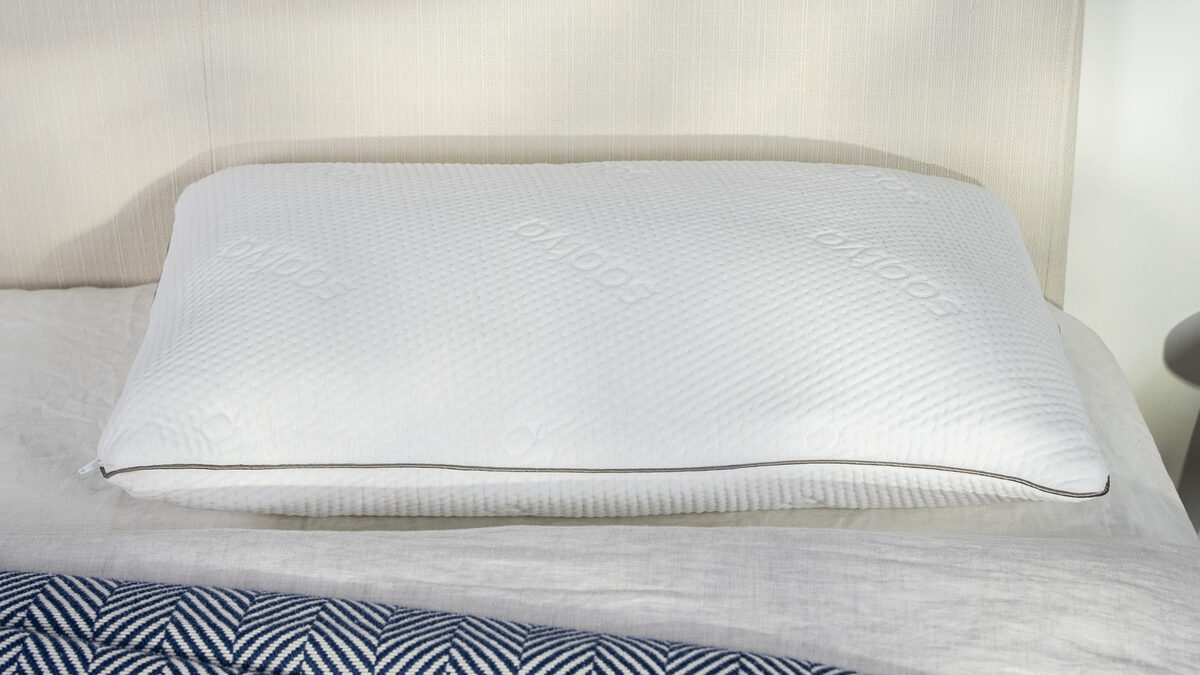
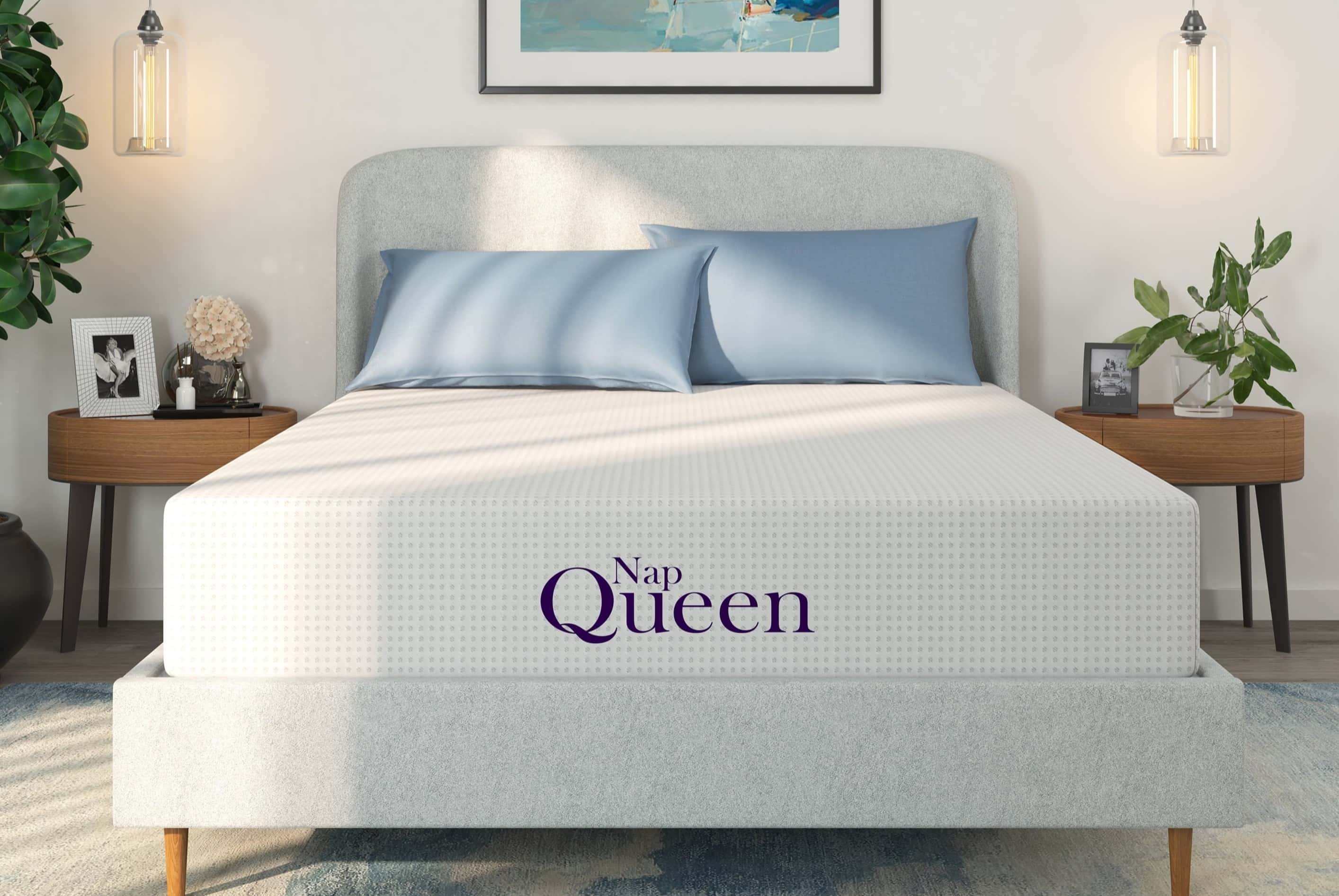
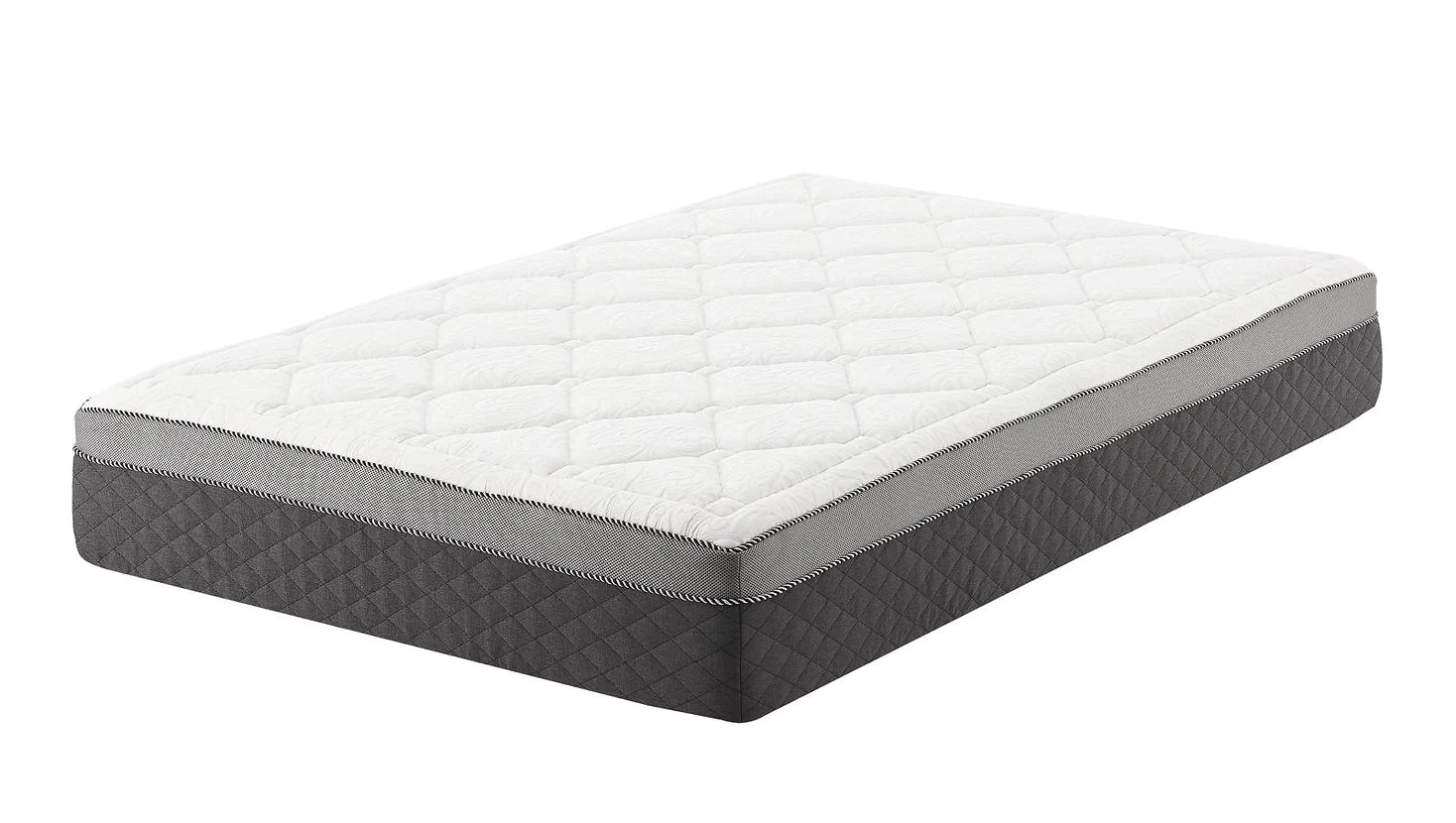
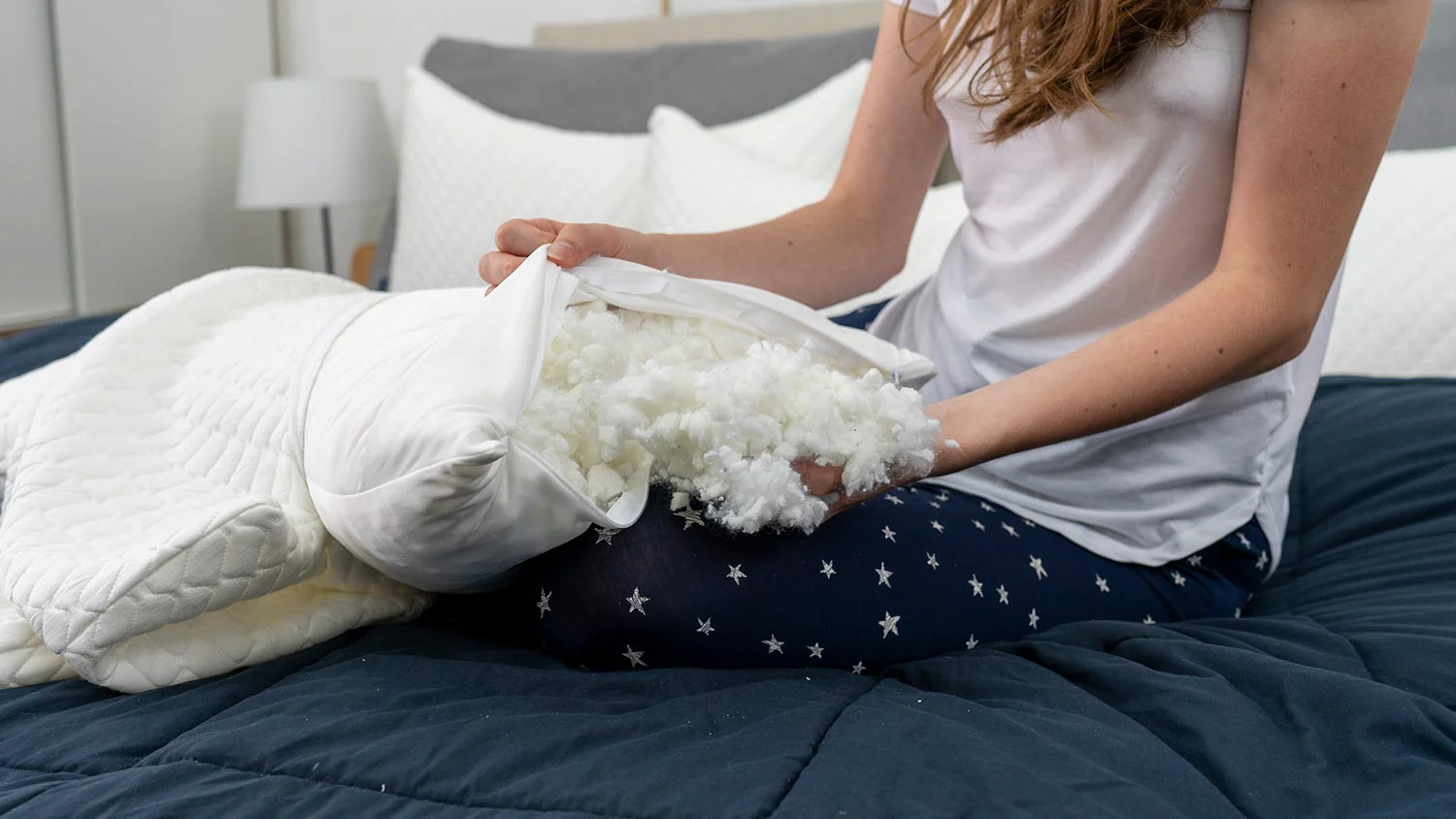
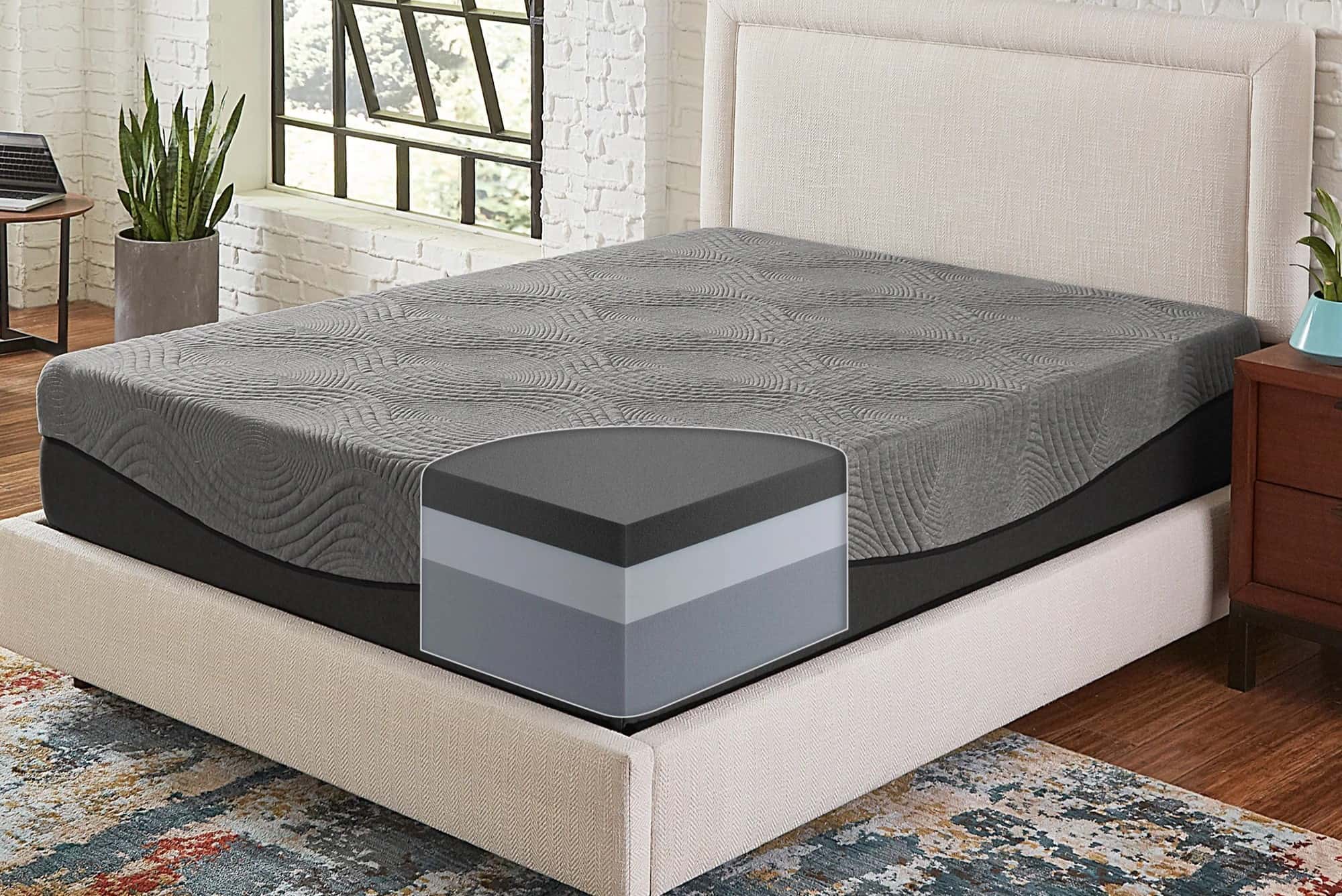

0 thoughts on “What Is Memory Foam Pillows”